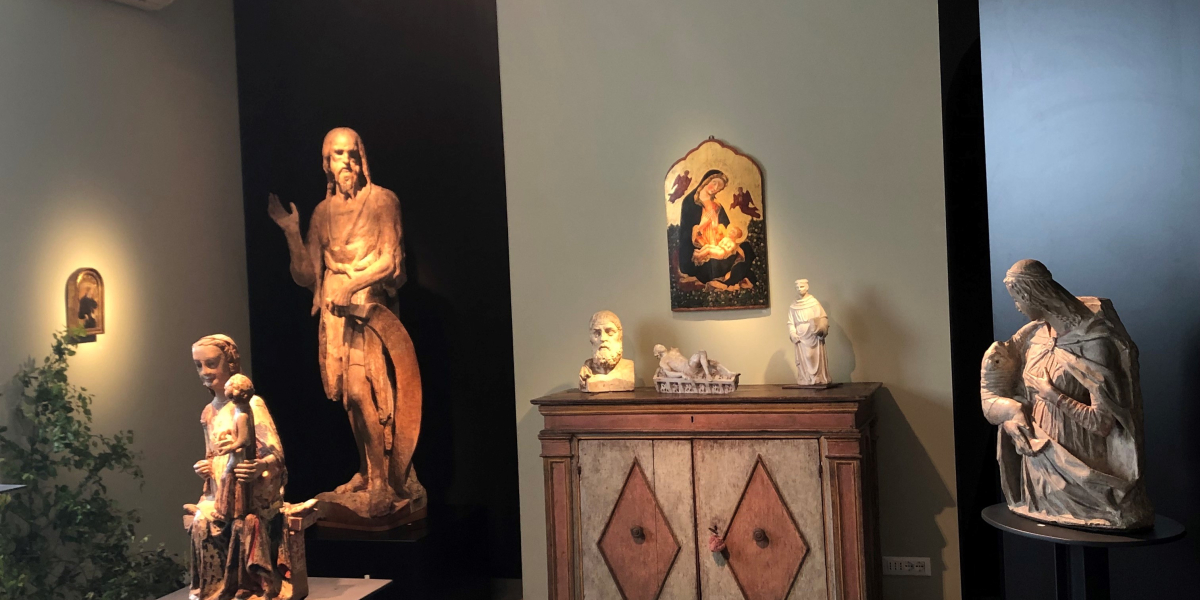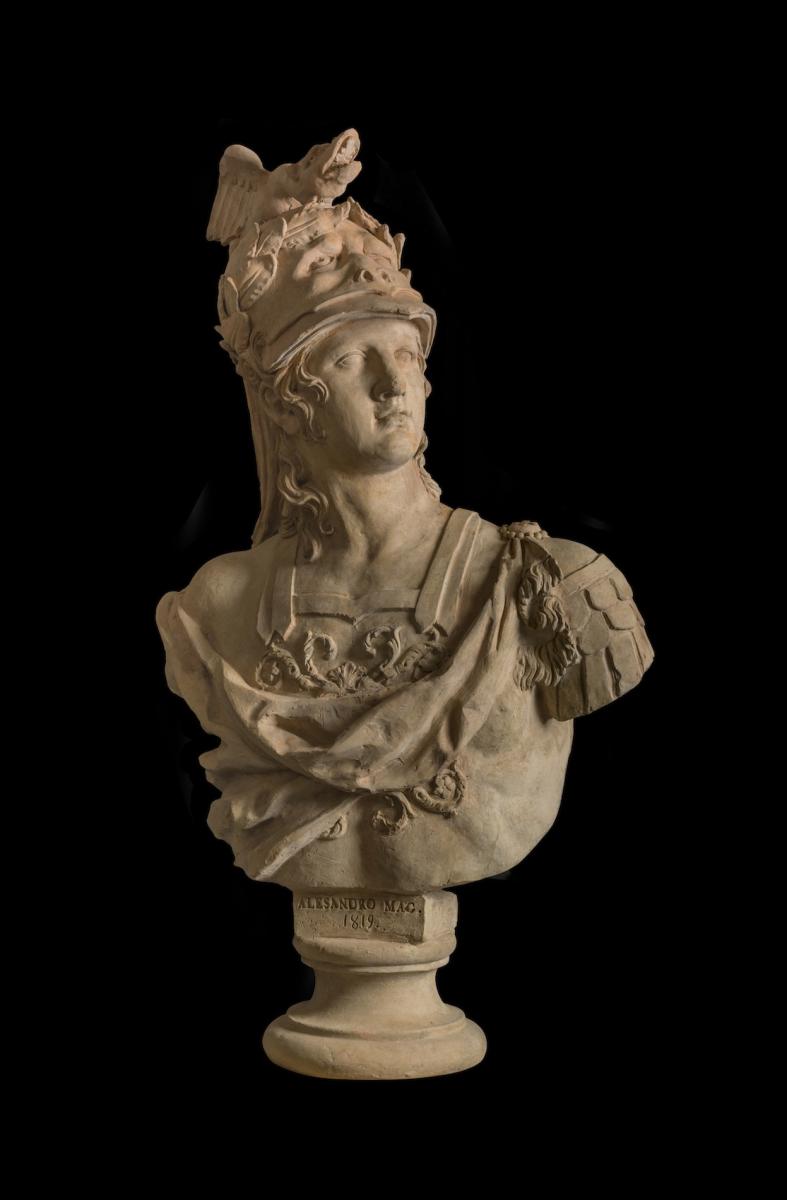
Longari Arte Milano, a historic gallery active since the 1950s, recently moved its headquarters to Palazzo Cicogna in Corso Monforte 23, close to the Duomo. The Italian primitive sculpture is the artistic branch that has always characterized the activity of the gallery: an interest in illuminated fragments and works of art between the 13th and 16th centuries complemented the offer over the years. The gallery has taken part in the most important national exhibitions, among which the Florence International Biennial Antiques Fair, and recently committed itself internationally. The latest participation in Tefaf Maastricht was an opportunity to broaden the gaze to art and collecting beyond the Italian borders. In addition to participating in various cultural exhibitions in Italy and abroad, by lending artworks, Longari arte Milano has also collaborated with important museums and institutions. In the 1970s, in fact, the Vatican acquired wooden sculptures and they can still be admired today in various locations of the Holy See. More recent sales were made to the Getty Museum in Los Angeles, the National Gallery of Art in Washington and the Pinacoteca di Brera in Milan. Among the exhibitions curated by Longari arte Milano, the wooden sculptures at the Pirelli Centre in the 1970s stand out. Located in Via Bigli, the exhibition From the Bible by Corradino to Jacopo della Quercia. Italian sculptures and miniatures from the Middle Ages and the Renaissance in the mid-90s are worth mentioning, and finally A crucifix from the 13th century in Lucca. Around the rediscovery of a medieval wooden masterpiece exhibited over a long time at the Diocesan Museum of Milan in 2010; extensive critical catalogues accompanied all exhibitions.

Inscription: “Alesandro Mag. Conte Alessandro Mora fece costruire nel 1819 Domenico Paci Fece Ascoli
CATALOGHI E SCHEDE